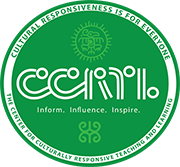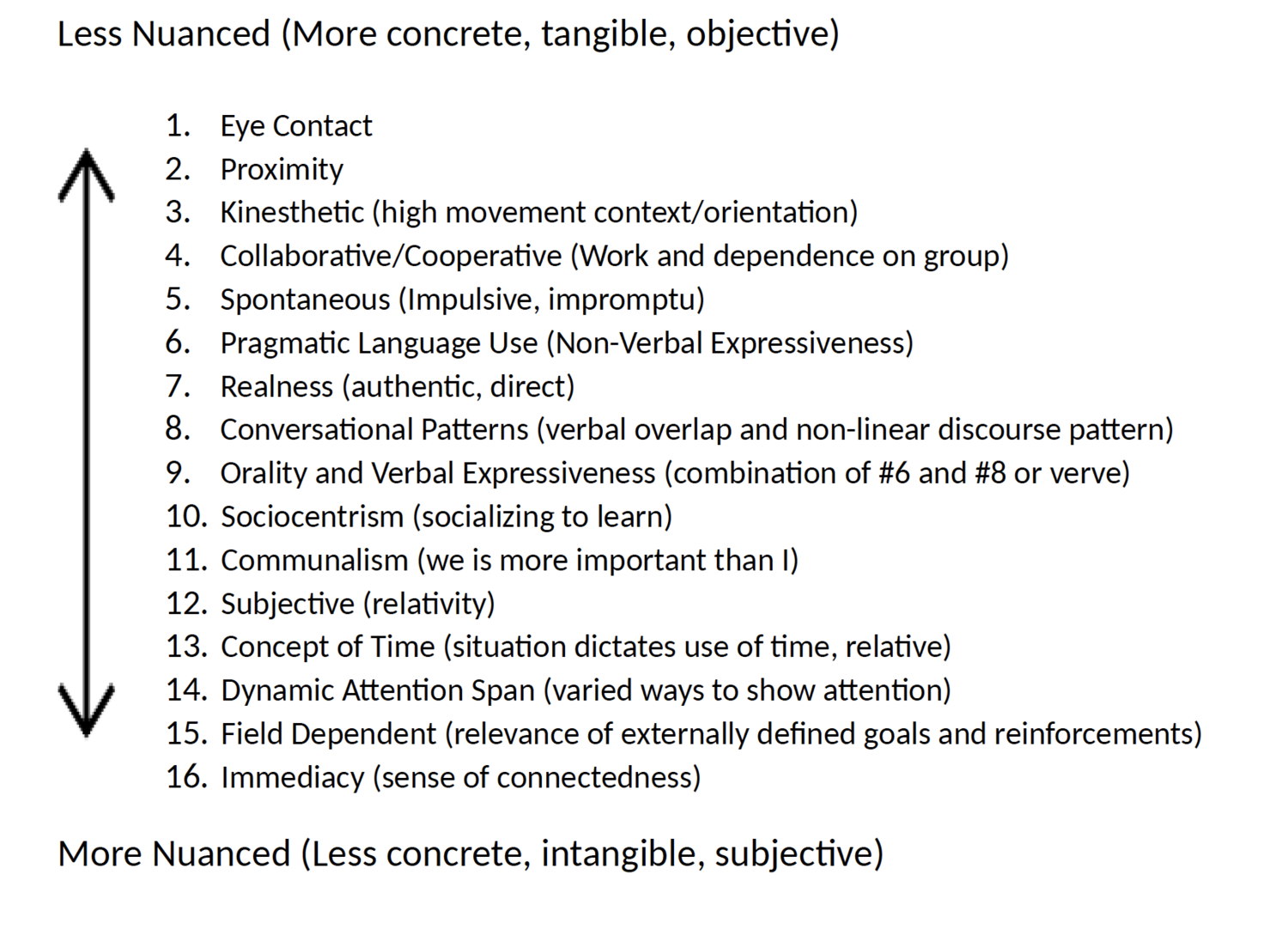CULTURAL BEHAVIOR TUTORIALS
Many of the behaviors that we see students display in the classroom every day have a cultural background. Using a cultural lens to view students’ behavior allows you to see your students differently in many ways. The process here is to learn how to recognize if the behavior as cultural, practice validation and affirmation, and teach the situational appropriate behavior. By acknowledging these cultural behavior differences, and teaching students about the situational appropriateness of certain behaviors, teachers help students learn to effectively navigate different situations in the mainstream culture.
It all begins with an idea. Maybe you want to launch a business. Maybe you want to turn a hobby into something more. Or maybe you have a creative project to share with the world. Whatever it is, the way you tell your story online can make all the difference.
If you experienced virtual CLR PD in the past 18 months, then you probably saw Dr. Hollie talking about one of the 16 most commonly misunderstood cultural behaviors or what he calls the "broken taillight behaviors" our students get pulled over for in school.
We have curated a collection of video tutorials on the 16 different common cultural behaviors. In these videos, we will teach you how to identify cultural behaviors and utilize specific protocols with intentionality and precision to validate and affirm the cultural behaviors that students bring to the classroom.
The following behaviors build off the iceberg concept of culture (anthropological basis for the focus on culture as opposed to race). Based on the research of Wade Boykins and others, these behaviors are the most common (likely to occur) in the milieu of the classroom and school dynamics. Please note, however, that this is NOT an exhaustive list. Other culture behaviors can and do occur.
The take-away is that all of us exhibit these cultural behaviors depending on our heritage (ethnic identity), upbringing, and where we were raised. These behaviors are NOT race dependent. The CLR educator should know these behaviors. It is important to conceptualize these behaviors without thinking about them in the context or comparison of school or mainstream (whiteness) culture. They are meant to stand alone, have value on their own, and be representative of who our students are culturally for validating and affirming purposes. To fully understand them is to know them in their originality. To only see these behaviors in relation to school culture (whiteness) misses the point and treads on deficit thinking.

